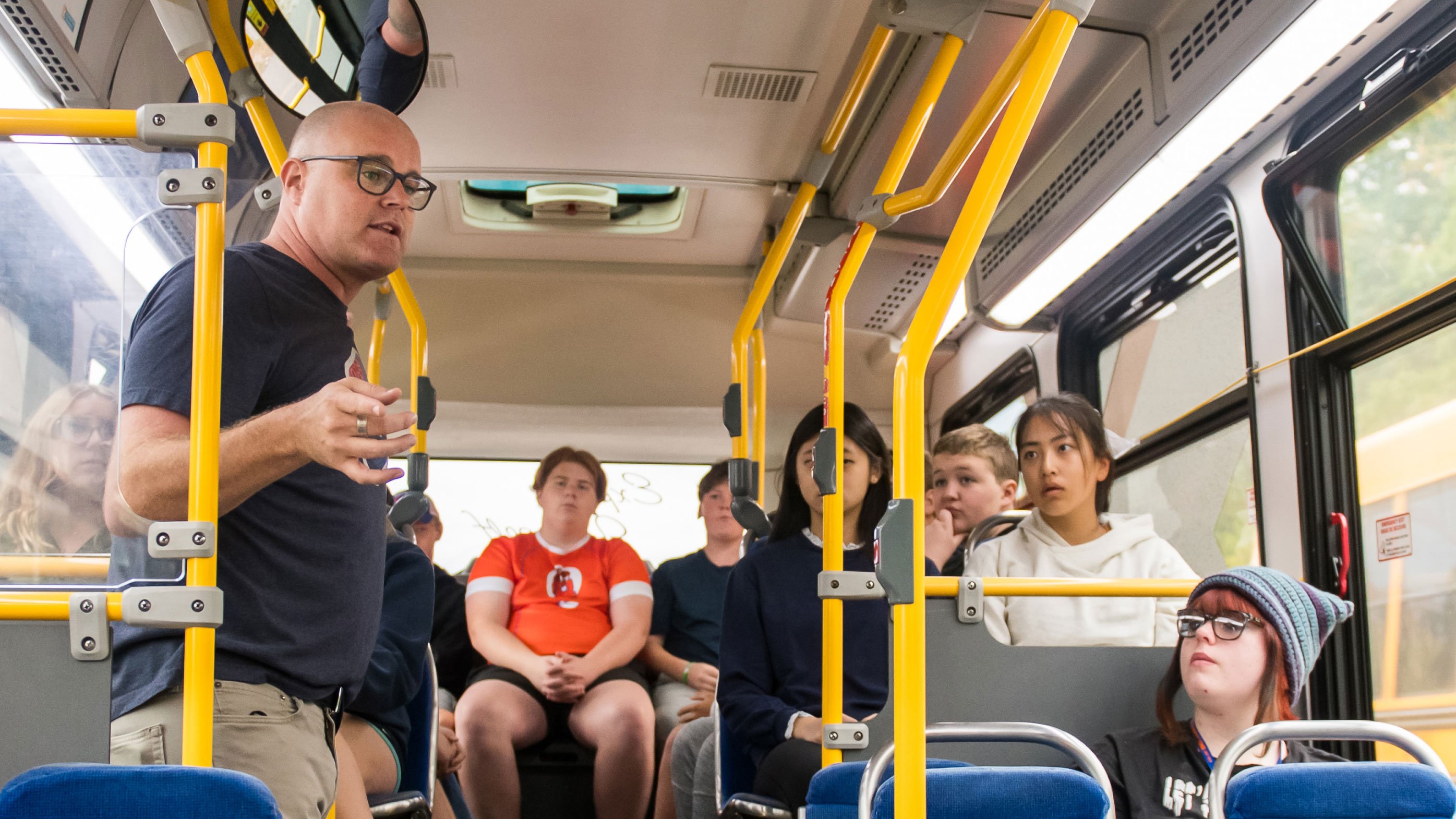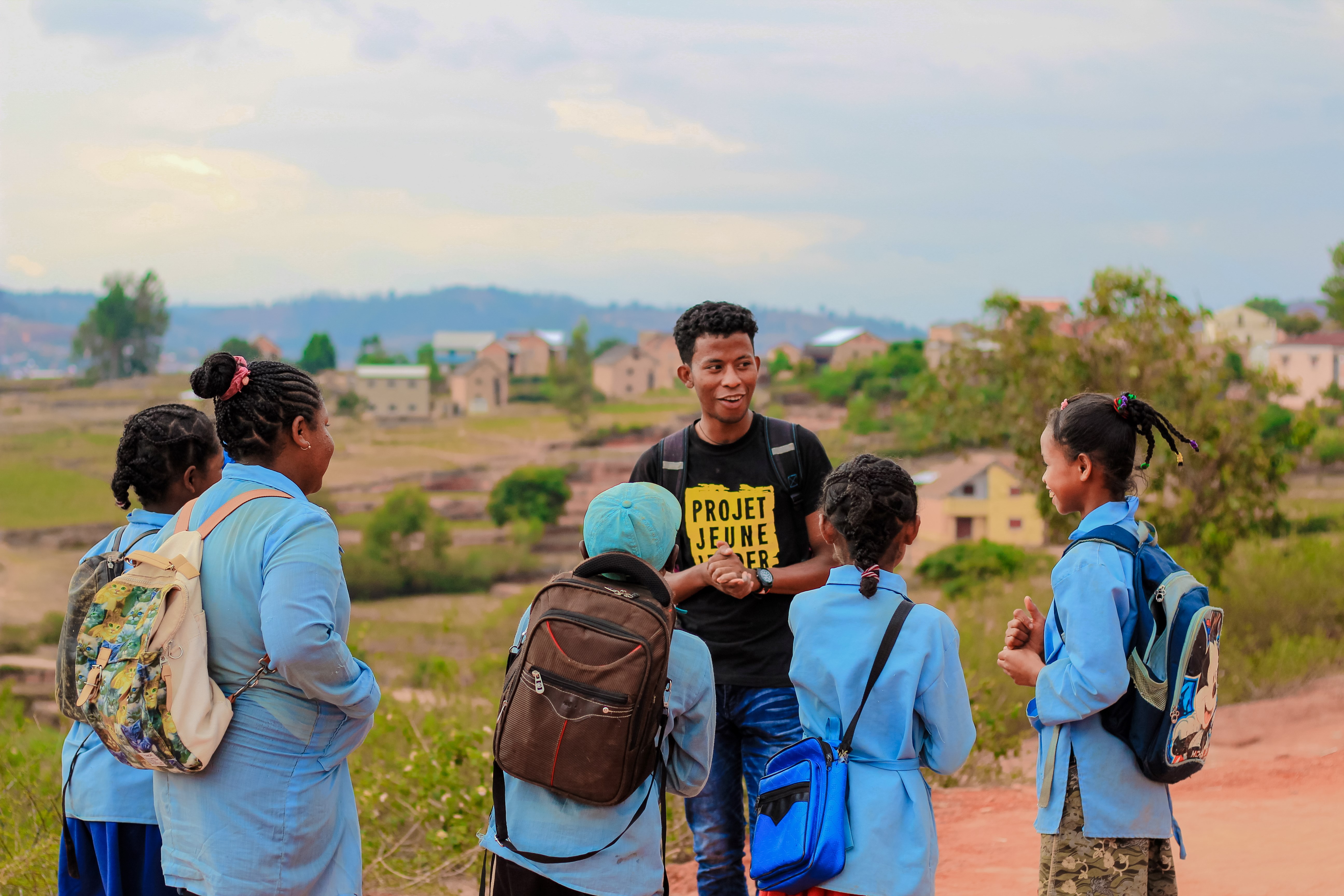I came to community change work as a young person with lived experience. I wanted to find community where my peers and other young people felt empowered and heard. I wanted to see youth as leaders and young people given the space to create and innovate. I came to community change work to ignite a shift in how lived experienced is viewed, from less than, to being valuable expertise.
I came to the Communities Building Youth Futures (CBYF) team, intrigued by how Tamarack was advocating that youth have a seat at the Collective Impact table and be involved in both the design and implementation of community-based action. Learning that youth leaders co-designed Communities Building Youth Futures with national youth-serving leaders, Tamarack Institute and ESDC’s Learning Branch caught my attention. I knew that I was in the right place when I heard that youth highlighted the importance of youth leadership and engagement as crucial components of a collective impact strategy and that Tamarack listened.

With the launch of CBYF, Tamarack has a unique opportunity to develop and adopt an explicit commitment to youth engagement. As we build meaningful opportunities within CBYF to engage young people, we want to understand and consider the structural barriers facing youth and commit to addressing systemic inequities in the way that we are engaging with them. To do this work well, we are committing to a strategy specific for engaging youth with lived experience and living experience by creating meaningful roles for youth in shared leadership, decision making, and through input/consultation in all aspects of the initiative. In the case of CBYF, people with lived and living experience are youth aged 16 to 29 who face challenges as they transition into adulthood, through education and employment. As part of this commitment, CBYF will provide support and help build capacity for communities who want to meaningfully engage youth with lived and living experience.
Our approach
While considering human-centred design, we aim to build solutions that consider the needs of youth and the challenges at hand. We’ve launched consultations with young people, to empathize and better understand their needs and the forces that are impacting their experiences. We’ve also consulted with youth-serving organizations to hear innovative approaches to youth engagement, lessons learned and completed secondary research of best practices.
Building from the initial discovery phase, we plan to co-create a set of Guiding Principles and a Youth Engagement Plan with youth. This prototype will guide CBYF during 2020-2021, with continuous feedback loops and evaluation with youth be crucial to prototyping and further iterations.
Additionally, we have launched a learning series to support the 13 CBYF Collective Impact initiatives and national learning community. By sharing stories and examples of youth engagement, we hope this series will help learners better understand principles and best practices for youth engagement, along with common challenges that may come up with youth engagement and how to resolve them.
Take Your Learning Further:
- Kick-start your learning in webinar on Youth Engagement on August 19th.
- Sign up for the CBYF newsletter to follow our youth engagement learning journey.
- Consider the perspectives of those who your project serves or affects through this Empathy Map tool
- Commit to the kind of relationship you want to have with community stakeholders by Creating Principles for Engagement
- Reflect and generate ideas with this Community Engagement Planning Canvas





